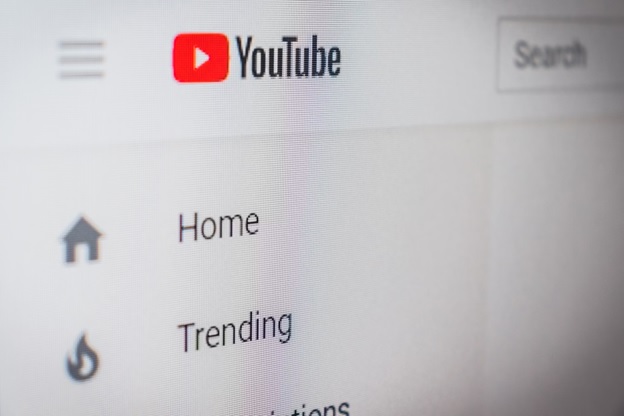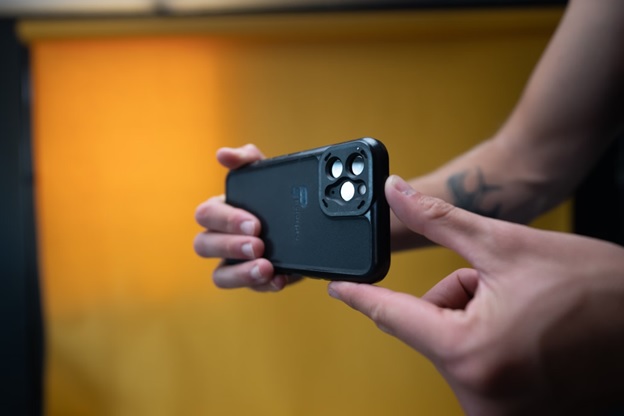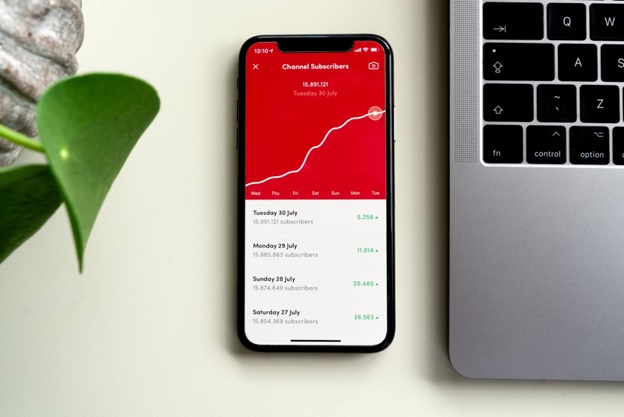We often think of YouTube as a convenient and versatile entertainment hub, but did you know that YouTube is actually the second-largest search engine in the world? With over 2 billion monthly logged-in users, YouTube offers creators virtually limitless opportunities to build and expand their audiences while creating meaningful and engaging content experiences.
For creators looking to take advantage of YouTube’s popularity, search engine optimization or SEO is a critical part of the creation and marketing processes. In this comprehensive guide, we’ll cover everything you need to know about optimizing your YouTube channel and videos to maximize views, encourage brand growth, and increase conversions while boosting engagement and improving accessibility.
What is YouTube SEO?
YouTube SEO refers to the process of optimizing your YouTube videos, channels, titles, descriptions, tags, and other elements to improve rankings in YouTube search results. Search engines like YouTube use advanced algorithms to analyze or “crawl” online content to determine the relevance of webpages as they pertain to users’ search terms. Formatting YouTube content with the site’s search algorithms in mind can help creators ensure their videos appear higher up in search results and reach a broader audience.

Key Elements of YouTube SEO
Many factors and formatting components can impact a YouTube video’s SEO ranking. Here are some of the most important elements to focus on when optimizing content for YouTube’s algorithm:
- Video Title: Including SEO keywords in the title can help a video appear higher in search results. Creators should aim to keep their video titles under 60 characters in length.
- Description: Video descriptions should have a word count of at least 250 words and include SEO keywords in the first 1-2 sentences.
- Tags: Include 5-10 highly relevant tags, using keywords and long-tail variations.
- Thumbnails: Many creators choose to create custom thumbnails for their videos to help them stand out on the search results page.
- Closed Captions: The captions of YouTube videos can be crawled by YouTube’s algorithm and used to impact the content’s SEO ranking.
- File Name: Include your target keyword in the file name of your video rather than leaving the raw file name as is.
- Playlist Titles/Descriptions: Incorporate your target keywords in the titles and descriptions of playlists to optimize entire playlists in addition to individual videos.
- Watch Time: It is recommended that creators try to keep their videos to between 7 and 15 minutes to maximize user engagement and watch time.
YouTube SEO Best Practices
Search engine optimization can be a complex and involved process, but following some best practices can help you streamline your SEO efforts and maximize results. For example, experts recommend engaging in substantial keyword research to select the best possible keywords for your SEO strategy. It is best to choose high-demand, low-competition terms that will help you target a narrow yet engaged viewer base.
While it’s important to include your target keywords, it is also possible to over-optimize your content. Stick to including 1-2 primary keywords and 2-3 secondary keywords rather than jam-packing your content with every keyword you encounter in the research process. You can even include your keywords in the spoken text of your video to optimize your video’s captions and transcripts.
On-screen text can also help you boost engagement and level up your SEO ranking. Chapters, title cards, end screens, and other interactive video elements can increase your video’s watch time and encourage active participation from viewers.

Building an Audience
While implementing these SEO strategies can help creators appear more readily in users’ search results, there are several more organic approaches that can also contribute to a video or channel’s success. YouTube is more likely to recommend content from creators who have consistently demonstrated high levels of engagement, so it’s critical that aspiring YouTubers take steps to build a loyal audience.
Social media can be a powerful tool for promoting your content, and blog posts, email newsletters, and other digital communication efforts can help you get the word out about your work. It’s also important to stay on top of your YouTube analytics to determine which approaches yield the best returns and which efforts might need tweaking.
As much as possible, creators should set out to publish new videos on a consistent schedule, ideally at least once per week. YouTube’s algorithm is more likely to recommend content from highly active channels, so it’s important to keep generating new content and finding new community-building strategies. Responding to YouTube comments can further drive up your engagement rates and help audience members feel more connected to their favorite creators.
Closed Captioning, Transcription, and SEO
As previously discussed, generating captions for your YouTube content can help improve your SEO ranking by giving the algorithm more information to analyze. The same can be said of transcripts, which essentially render a long-form read out of video’s audio track. Each of these tools can be a valuable tool for driving engagement, but the benefits don’t stop there.
Captions and transcripts are indispensable resources for audience members with disabilities, such as those who are Deaf or hard of hearing. By converting video and audio to written text, captions and transcripts make information more readily accessible for any viewer who may need or prefer to engage with content in a readable format. Enhancing the accessibility of your videos can also help your content reach a broader, more diverse audience who otherwise might not have engaged with your channel.
To maximize the value of your captioning and transcription efforts, it is important to take steps to ensure your captions and transcripts are as accurate as possible. Inaccurate captions and transcripts not only fail to offer equitable experiences to viewers with disabilities, but they can actually negatively impact the public’s perception of your brand. Furthermore, accessibility standards like the Americans with Disabilities Act and WCAG require that captions and transcripts achieve exceptionally high rates of accuracy, so subpar captions and transcripts will fall short of supporting these critical guidelines.
While YouTube offers in-platform automatic captioning and transcription, creators should seriously consider investing in an alternative solution to ensure their content is as accessible as possible. YouTube’s automatic processes rely upon artificial intelligence software to convert audio to text, but this technology is not always capable of accurately interpreting or representing the nuances of human speech. For this reason, creators often choose to partner with professional captioning and transcription providers like VITAC.
VITAC’s approach utilizes artificial intelligence in conjunction with the expertise of human transcribers to deliver highly accurate captions and transcripts quickly, consistently, and affordably. VITAC’s captions and transcripts are capable of supporting web accessibility standards without compromising on efficiency or cost-effectiveness. VITAC’s software integrates seamlessly with YouTube’s platform to further streamline the captioning and transcription processes and help creators incorporate captioning and transcription into their standard production efforts.

VITAC Supports Content Creators
With so many creators recognizing the value of YouTube’s versatile and far-reaching platform, it’s important for aspiring YouTubers to develop a comprehensive approach to building a diverse and engaged following. By implementing a tried and tested YouTube SEO strategy, you can gain more visibility, traffic, subscribers, and conversions. Not only can these SEO strategies improve your search ranking, they make your content more engaging and accessible along the way.
VITAC is proud to partner with content creators across every genre to make digital content more accessible, inclusive, and engaging. VITAC’s full suite of assistive technology solutions can not only support creators’ SEO efforts but help them support the stringent accessibility standards governing digital content. For more information about VITAC’s software solutions or to further explore how captioning and transcription can help support the creation of more engaging, accessible content, reach out today to speak to a member of our team.




